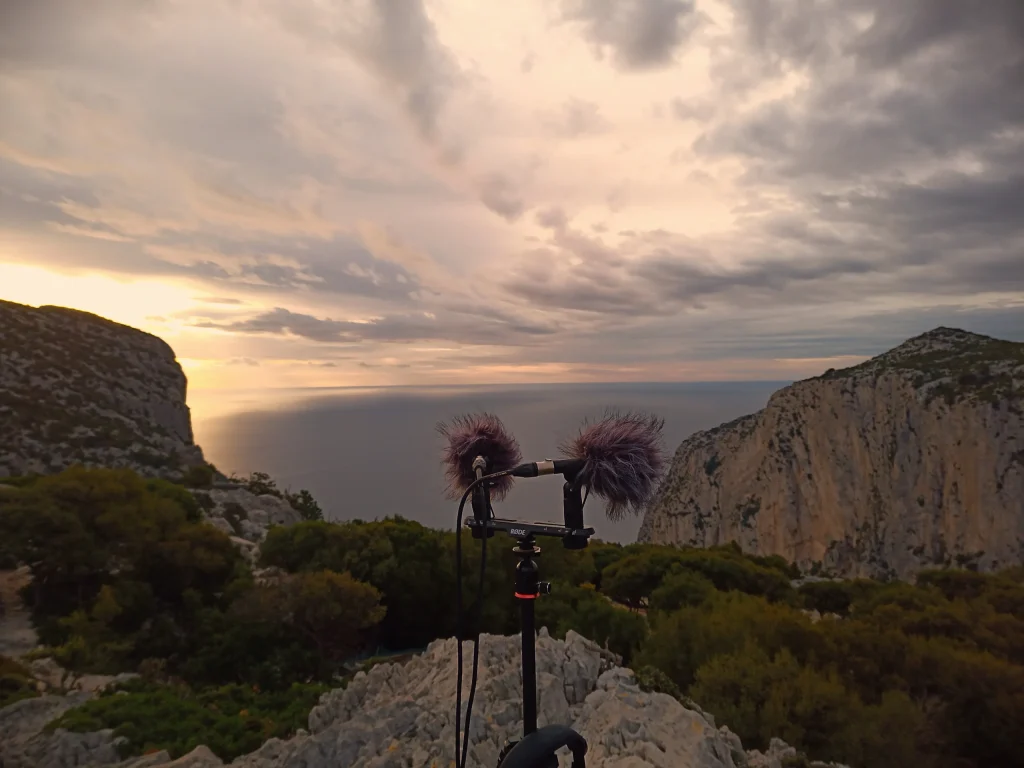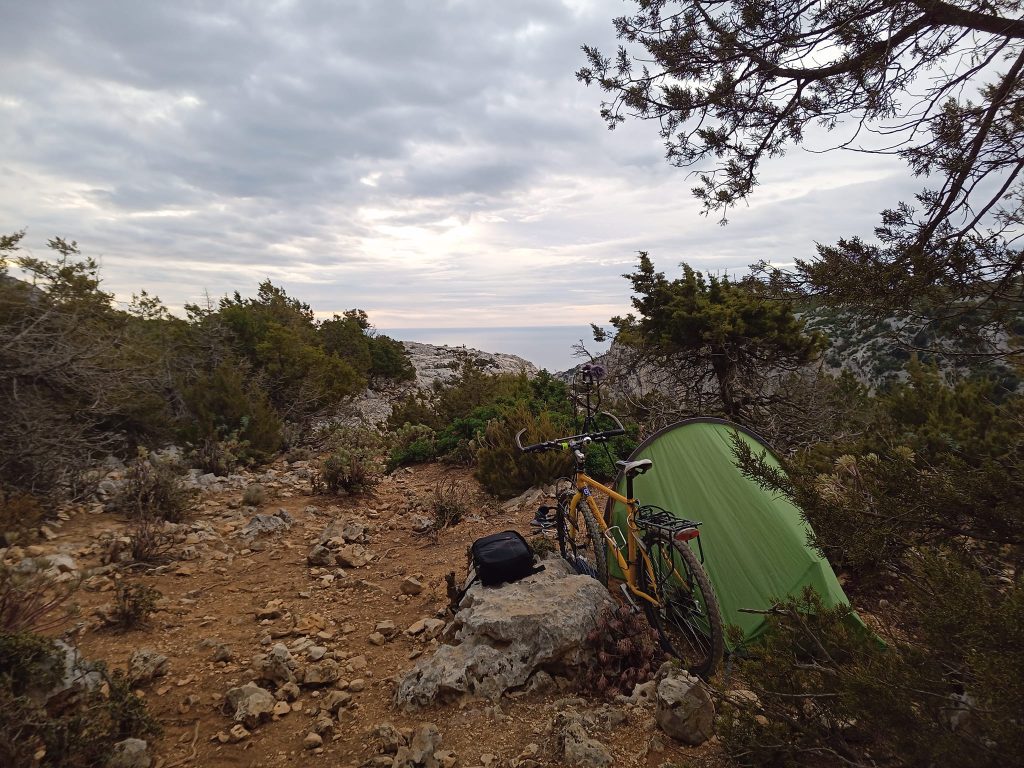The Camino de Santiago has long been a pilgrimage of spirit, body, and mind. Every year, thousands of pilgrims walk the historic routes that pass through Spain, France, and Portugal, converging at the grand cathedral in Santiago de Compostela. While most people embark on this journey seeking personal transformation, cultural immersion, or physical challenge, in 2024 I set out with a unique purpose—to capture the Camino through sound and immerse myself in the traditions of this ancient path.
Footsteps on Ancient Paths
Walking the Camino is a captivating experience, not only visually but also aurally. The rhythmic crunch of boots on gravel, the soft rustle of the wind through the trees, the echo of footsteps in medieval alleys – all these sounds tell the story of the pilgrimage as much as the landscapes themselves. As I walked, I recorded these moments, building an audio diary of the journey.
One of the first things I noticed was how the footsteps changed with the terrain. The steady tap-tap of cobblestones in Pamplona gave way to the soft squelch of damp earth in Galicia. The dry crunch of dusty roads in the Meseta contrasted with the wooden creaks of the bridges spanning quiet rivers. Each step was a note in a larger composition, a testament to the ever-shifting environment of the Camino.
The Soundscape of Nature
The Camino winds through varied landscapes, from lush forests to arid plains, each with its own signature sounds. Birds provided a natural soundtrack: the chatter of swallows darting through the skies, the hoots of unseen owls in early morning darkness, the staccato calls of cicadas under the afternoon sun. In Galicia, where mist lingers in the valleys, the sound of dripping water became a familiar companion, punctuated by the occasional distant bell from a village church.
Streams and fountains offered their own compositions. Some gurgled playfully beside the path, inviting a moment’s rest and refreshment. Others rushed with force after rains, their presence a reminder of nature’s power. The Atlantic winds, relentless on certain sections, roared through the trees, demanding attention in the vast silence of the trail.
The Pulse of Villages and Cities
The Camino is not just a walk through nature—it is a journey through history, culture, and community. Each village and city had its own auditory fingerprint. The bustling markets of Logroño hummed with conversations in Spanish, the clatter of dishes, and the occasional strains of a street musician’s guitar. In León, the sound of pilgrims’ laughter filled the courtyards of ancient albergues. In the early morning, before the world awoke, the Camino was eerily silent, save for the distant barking of a dog or the whisper of pilgrims setting off before dawn.
Church bells marked time in the way that watches and phones never could. In tiny hamlets, their chimes were the only signs of life, ringing through empty stone streets. The sound of a lone accordion playing in a tavern carried an air of nostalgia, connecting the past with the present in ways words never could.
A Pilgrimage of Sound
Recording the sounds of the Camino de Santiago in 2024 was an exercise in deep listening. It was about paying attention to the small details that often go unnoticed—the way the wind shifted at twilight, the murmur of fellow pilgrims in hushed evening conversations, the distant, almost imperceptible hum of an approaching town. These sounds, ephemeral and fleeting, became a tangible record of a timeless journey.
For those who walk the Camino, whether in search of spiritual fulfillment, adventure, or personal discovery, I encourage you to listen—to truly listen. The path has its own voice, and if you tune in, it will tell you a story that is as rich as the landscapes you cross and as profound as the journey itself.



